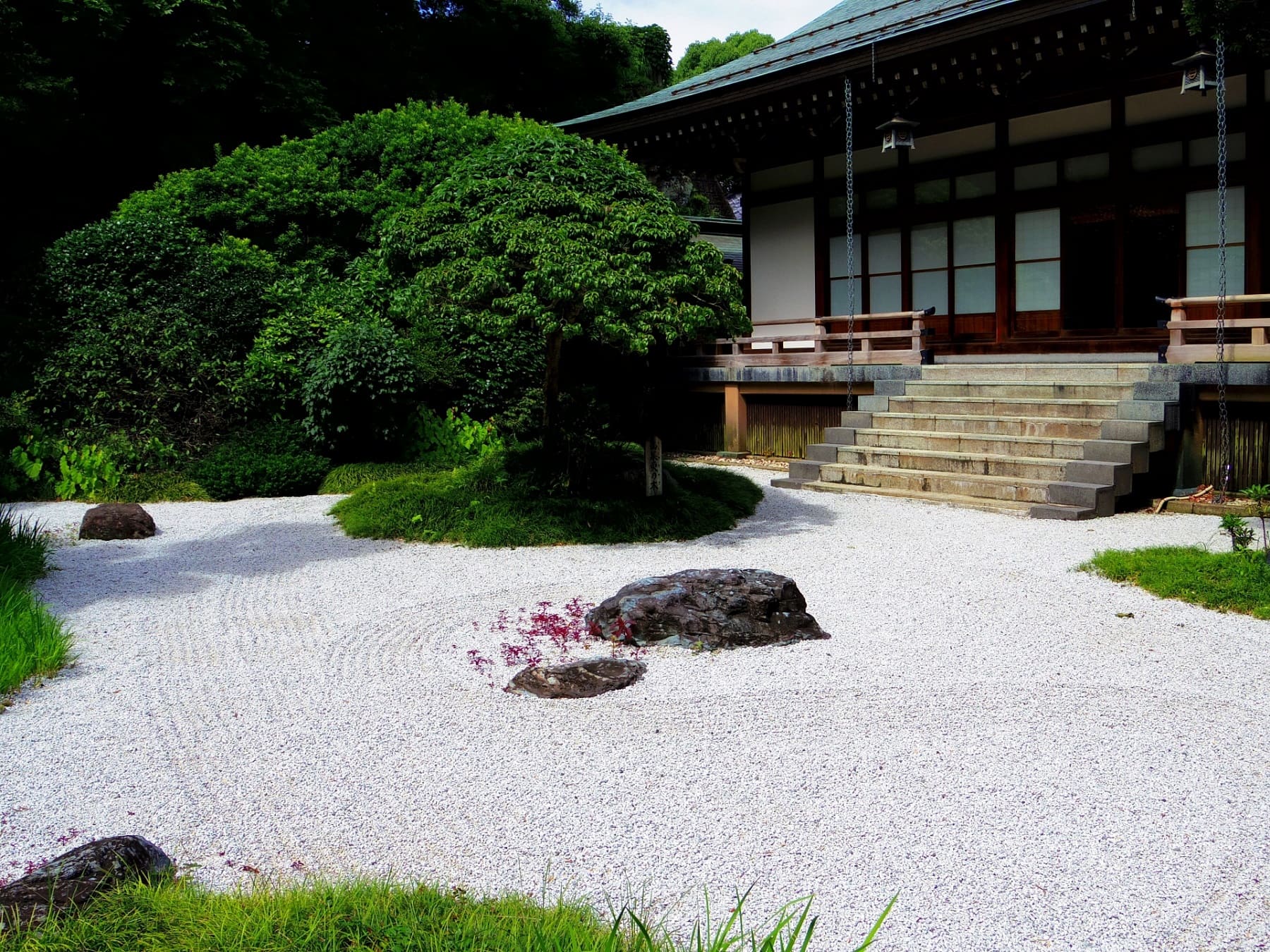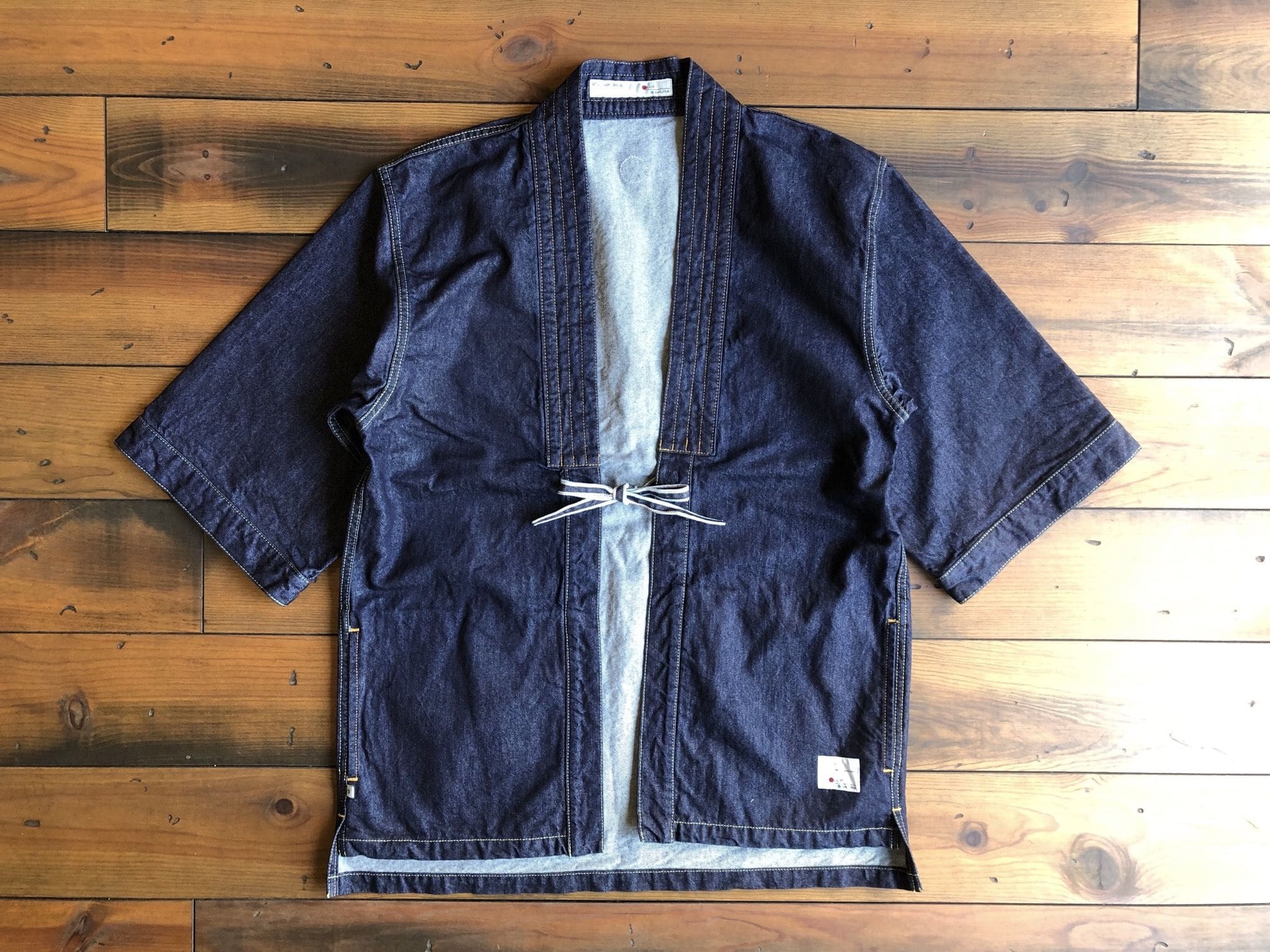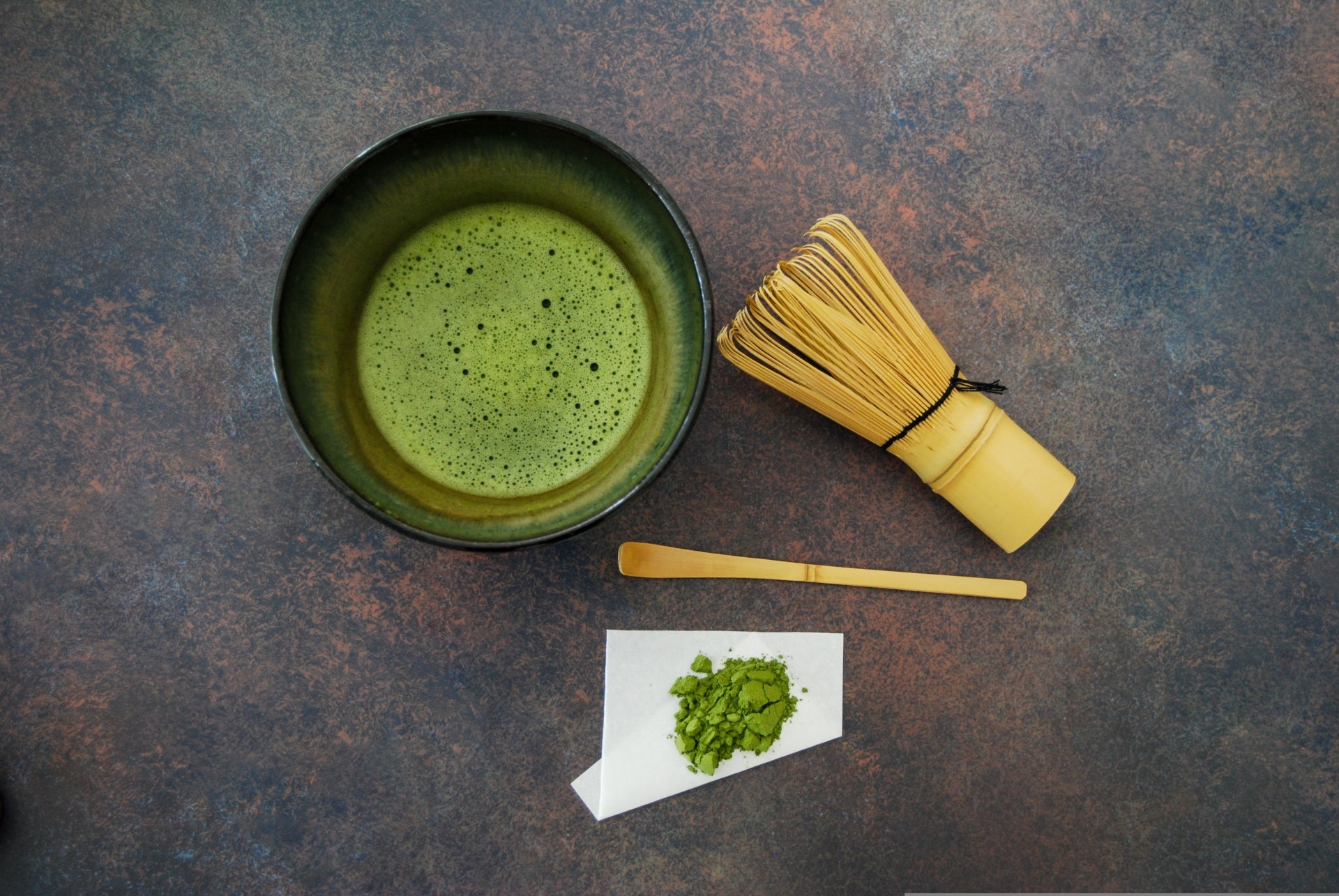Wabi-sabi
- the beauty created by the interweaving of the imperfect, the impermanent, and the incomplete
- the beauty created by the interweaving of humility and modesty
Emanating from the influence of Zen, wabi-sabi is an aesthetic and sensibility unique to Japanese culture. While it is one word, it is composed of two words with different meanings.
Sabi refers to the beauty of looks or appearance. With age, things in this world become run-down, get dirty, and are found lacking. Generally, these aspects equate to deterioration, but on the contrary, the diverse and unique beauty interwoven by these changes and imperfections are called sabi.
On the other hand, wabi refers to a positive mindset that accepts and enjoys dilapidation and spareness. Put simply, wabi is a mindset that finds beauty in sabi.
If sabi is about superficial beauty, wabi is about inner richness. Both are two sides of the same coin, which is precisely why they are spoken of as a single concept.
Originally, sabi meant to “age,” “fade,” and “wither,” while wabi meant “wretched.” These meanings were used to express feelings such as worry and sadness. but since the Muromachi Period (the Middle Ages), the meanings of these words have changed to express Japan's unique aesthetic values.

The Tea Ceremony and Wabi-sabi
Wabi-sabi is deeply linked to the tea ceremony, so much so that there is a word “wabicha,” (“cha” means “tea”) , a practice that pursues a simpler tea ceremony rather than a grand one. It is a style of tea ceremony that prizes simple tea bowls typically used as everyday items. instead of Chinese tea bowls that were expensive in the olden days. Wabicha is thought to have been first created by Murata Juko, then perfected by Sen no Rikyu. Its spirit of not only looking at beautiful and showy appearances but also at delicate colors and textures has been handed down by many tea masters, and this spirit still exists today.
Haiku and Wabi-sabi – Matsuo Basho's Haiku
Matsuo Basho was a poet who greatly influenced haiku culture during the Edo Period; and wabi-sabi best describes his haiku. In his haiku “An ancient pond / a frog jumps in / the sound of water,” he focuses on the faint sound of a frog jumping into water, instead of its croaking which is more commonly the sound associated with frogs. At the time, there were many brilliant, colorful haikus, so his haiku which incorporated wabi-sabi had a great impact on the world of poetry. This particular haiku is one of the most famous ones in Japan, expressing the beauty in simplicity, and the beauty in old, lonely places.
 Experiencing Wabi-sabi
Experiencing Wabi-sabi
Shinto Shrines and Buddhist Temples
Shinto shrines and Buddhist temples are prime examples of wabi-sabi. We may be able to see signs of deterioration and damage especially on structures that have retained their original appearance. People who seek these structures' original, perfect form may not consider them very beautiful unless they are restored. But if we look at them with a wabi-sabi mindset, their deteriorated damaged appearance tells the passing of the years. And within those years, our thoughts turn to the lives we have lived.

Japanese Gardens
Japanese gardens are said to evoke wabi-sabi. A typical example is the Japanese rock garden, also known as a zen garden. In such a garden, moss grows on rocks because withered leaves and dead trees have not moved for a long time. A zen garden is loved for its expression of wabi-sabi, where stillness and deterioration show the passing of time. For the same reason, people love dry wells and indistinct buildings for the beauty that comes from their imperfection. You may see things differently in places you have never noticed before if you think of them in terms of wabi-sabi.



